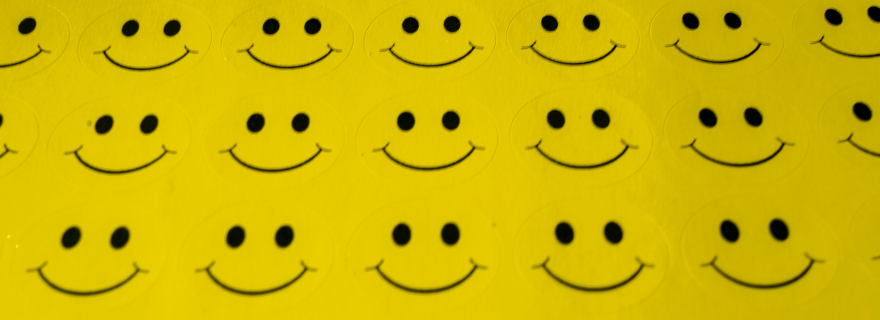A smile is just a smile
Same expression, two stories. He sees flirtation; she sees politeness. A look at how evolution, emotion, and culture tangled the meaning of a smile.
Imagine two people on a date. In a crowded café, he leans across the table and cracks a joke. She laughs, then smiles, and he thinks ‘She is into me’. She, however, is smiling so she won't appear rude. Because women learn early that smiling smooths interactions. Because sometimes it feels safer than not smiling. Same expression, two different stories.
Psychologists call this phenomenon ‘the sexual overperception bias’. In short, men are more likely than women to read sexual interest when there is none. It's not just cluelessness; it's a bias. From an evolutionary point of view, this bias once had its uses: in ancestral environments, missing a mating chance could be costlier than an occasional false alarm. Better to assume interest and be wrong than to miss that rare yes.
But we are no longer in the Pleistocene. A smile on the train, or in a noisy café, does not automatically translate to attraction. It might be politeness. It might be habit. It might be self-protection.
From teeth-baring to smiling
If we trace the smile back enough, it does not start as friendliness at all. Among primates, showing the teeth was a way of saying I'm not a threat, please don't hurt me. Some researchers believe that human smiles evolved from this expression; though others argue it grew out of the "play face" during friendly rough-and-tumble. Humans retained the old code and added more meanings on top. In addition to diffusing tension and avoiding harm, a smile can now also express joy, irony, playfulness, or flirtation. The meaning thus depends on context. This flexibility makes the human smile both one of our most powerful social cues and one of the easiest to misinterpret.
Smiles as strategy
Meta-analyses have shown that women smile more often than men, especially in tense or ambiguous situations. Not because women are magically happier, but because they are expected to be. Smiling makes women seem likable and approachable. Perhaps it helps manage the emotions of others. In this way, smiling is a kind of emotional labor. It isn't necessarily spontaneous: sometimes it's strategy. That is where sexual overperception collides with modern smiling norms. Women smile more, often to regulate interactions. Men, primed by ancient bias, are more likely to read those smiles as sexual interest. A gesture that is perhaps meant to reduce threat gets mistaken for an invitation.
The point
A smile does not equal desire. It might be joy. It might be politeness. It might be armor. We may carry such ancient biases, but our social world is different. If we want genuine connection, we have to pause between signal, interpretation, and action. Sometimes, to paraphrase Gertrude Stein, a smile is just a smile is just a smile.
P.S. This blog uses "men" and "women" because almost all the existing research does. Emerging work with LGBTQ+ participants suggests a more complex picture (see Beyond the Binary for a super brief introduction), but the data is still scarce. With time and persistence, psychology will catch up.
Banner photo by Nick Fewings on Unsplash


